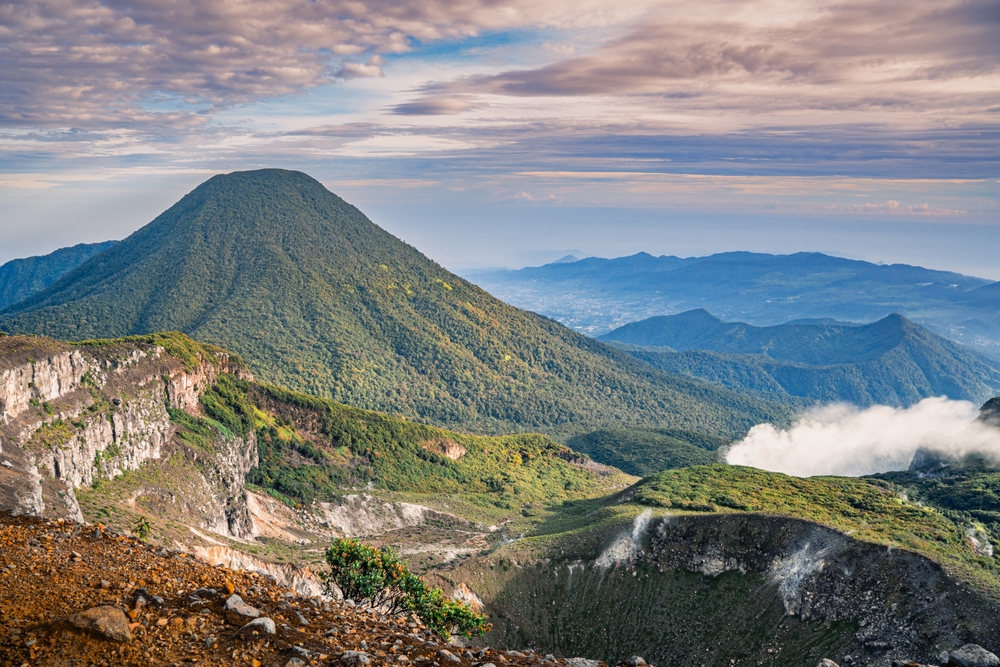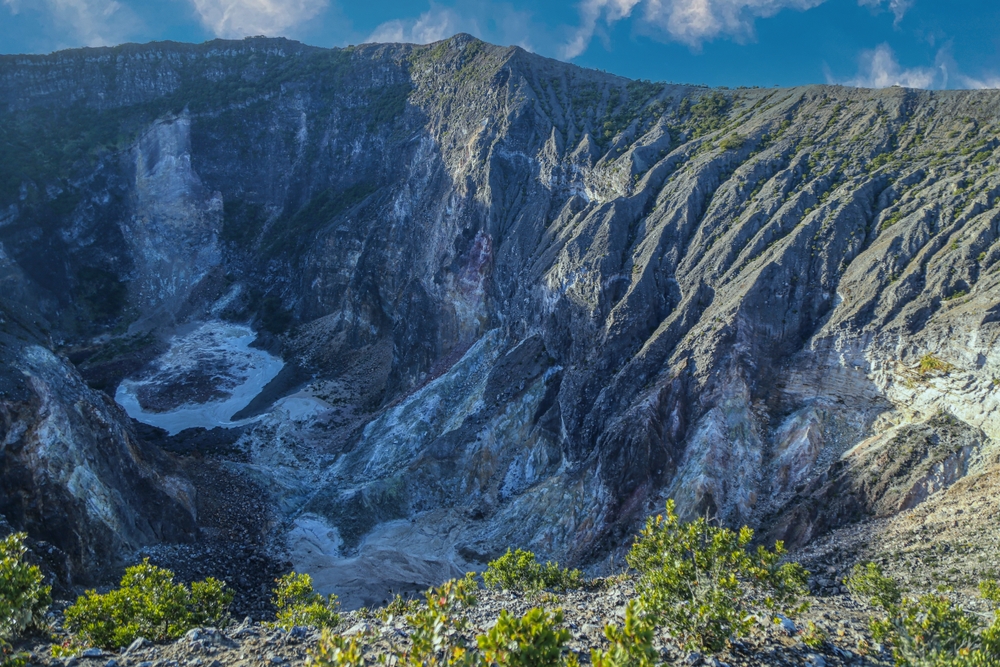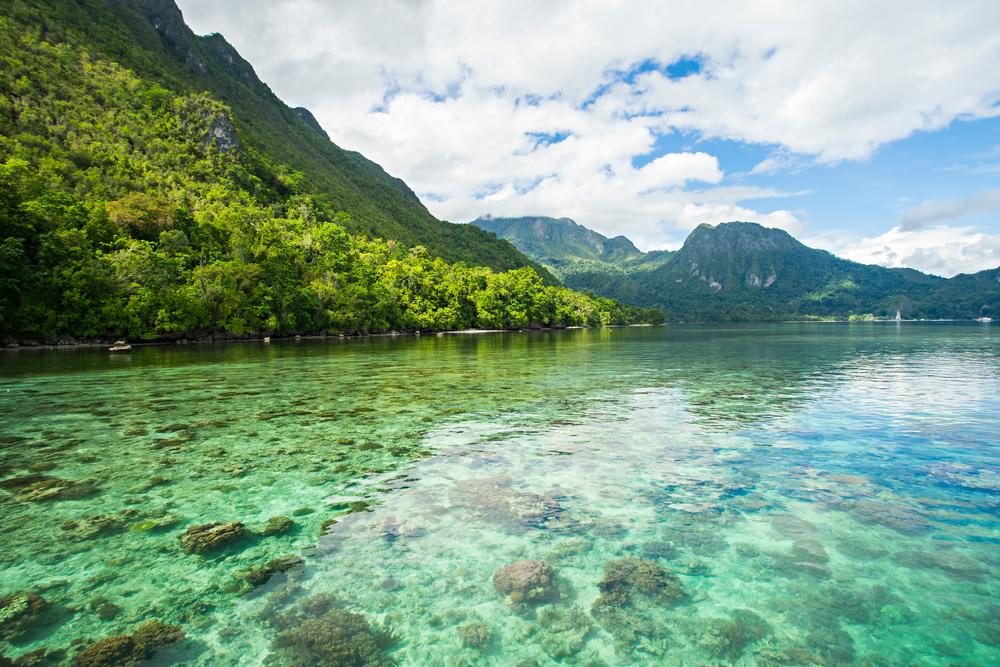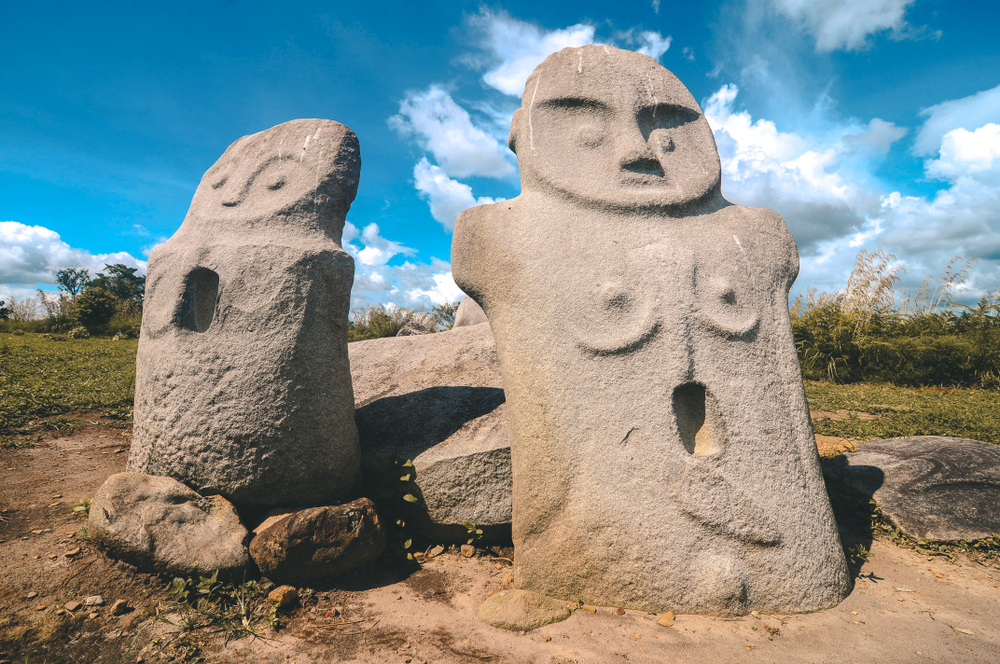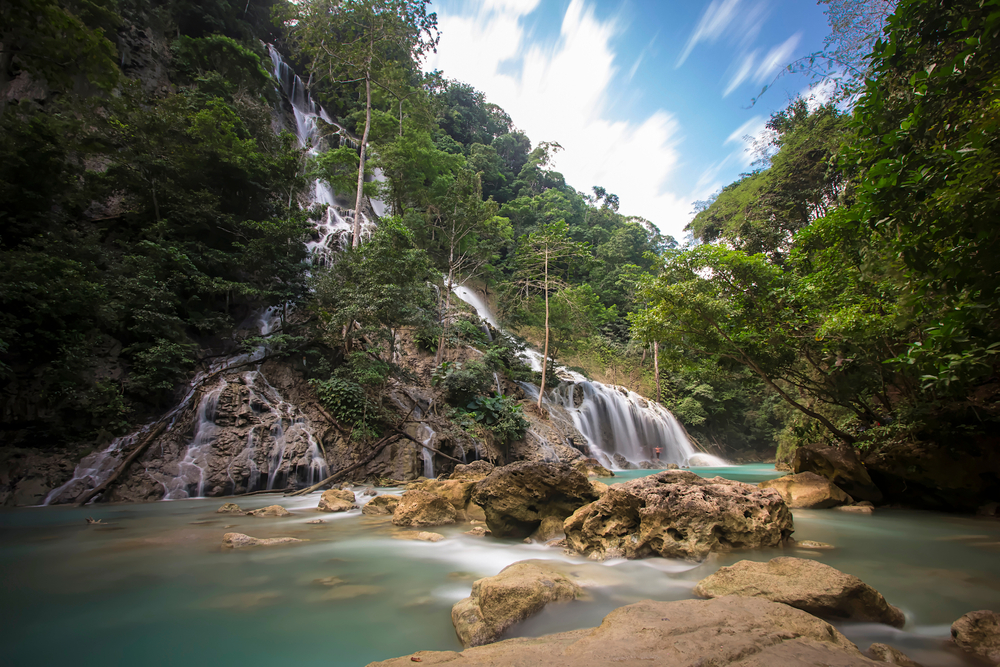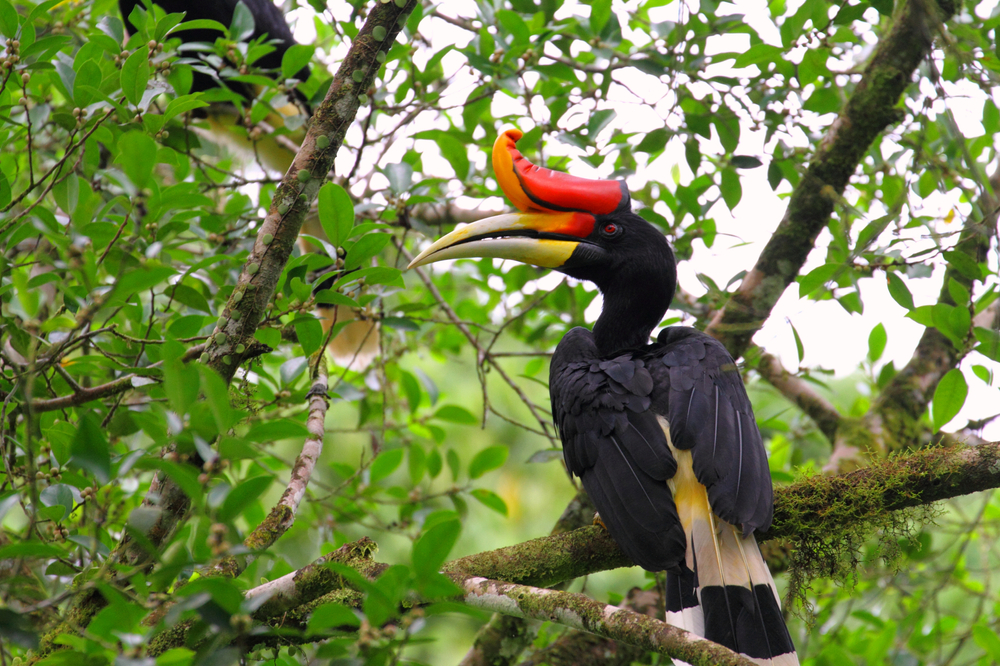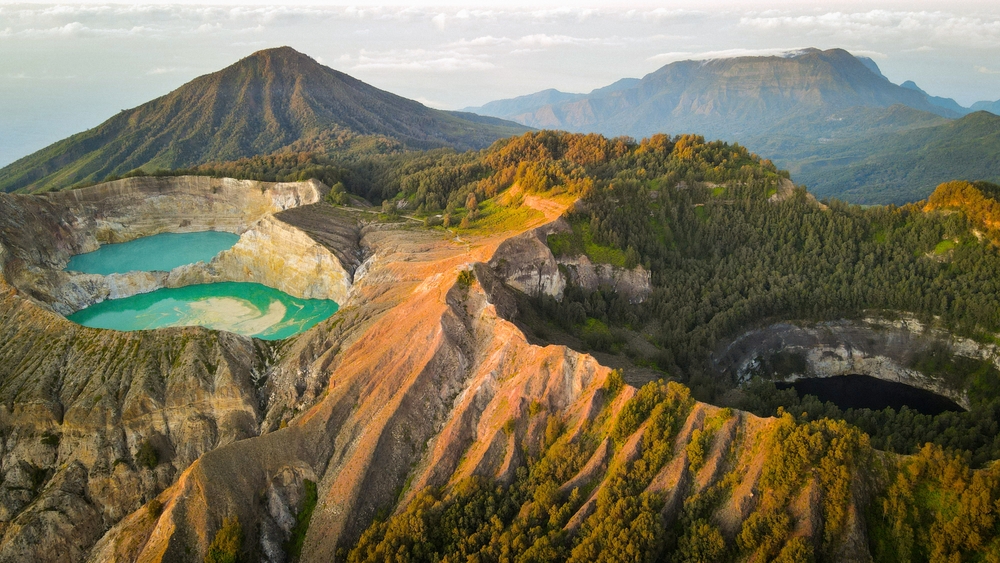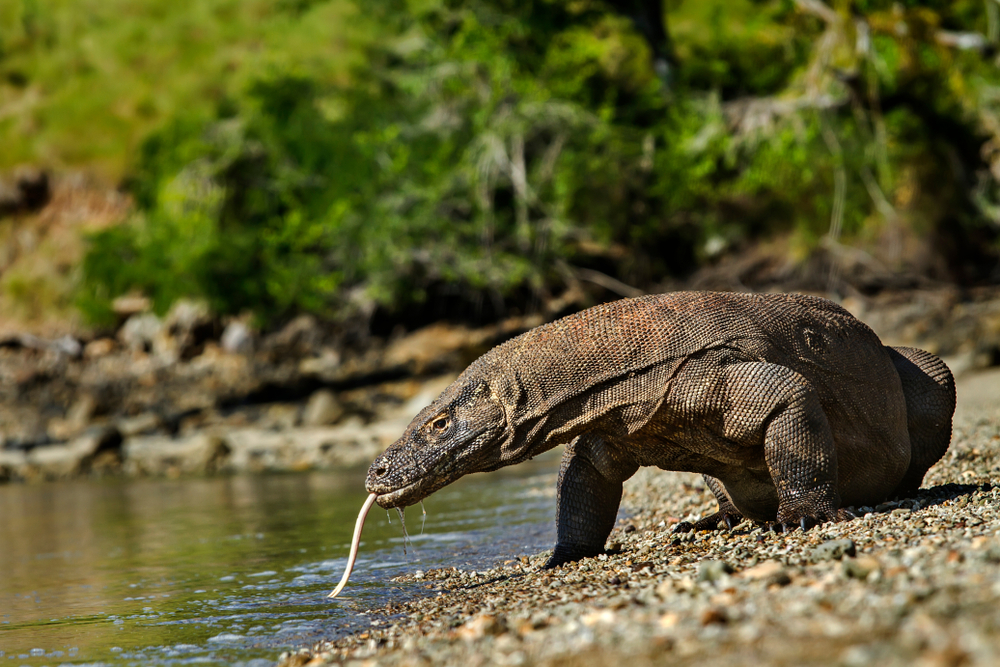Mount Gede Pangrango Overview
Mount Gede Pangrango National Park, or Taman Nasional Gunung Gede Pangrango in Indonesian, is a breathtaking protected area located in West Java, Indonesia. Spanning approximately 58 square miles (150 square kilometers), the park was established in 1980 to safeguard its rich biodiversity and striking landscapes.
This UNESCO Biosphere Reserve encompasses two majestic volcanic peaks: Mount Gede, standing at 2,958 meters (9,705 feet), and Mount Pangrango, slightly taller at 3,019 meters (9,905 feet). Situated about 70 kilometers (43 miles) south of Jakarta, the park offers a serene escape from urban life and immerses visitors in Java’s natural splendor.
The terrain of Mount Gede Pangrango National Park is a captivating blend of rugged volcanic slopes, dense tropical forests, and pristine mountain ecosystems. Its landscapes include lush montane rainforests that give way to subalpine meadows and open grasslands as elevations increase.
The Cibeureum Waterfall, a stunning cascade nestled amidst the forest, is a prominent feature, along with picturesque craters such as Alun-Alun Suryakencana, a high-altitude savanna adorned with edelweiss flowers (Anaphalis javanica). The park’s streams and rivers, fed by the volcanic mountains, carve through the valleys, adding to the area’s scenic beauty.
The park is a haven for wildlife enthusiasts, as it supports an impressive array of animal and bird species. Iconic mammals include the Javan leopard (Panthera pardus melas), an endangered subspecies, and the endangered silvery gibbon (Hylobates moloch), known for its melodious calls.
Other notable inhabitants are the Javan langur, Sunda slow loris, and various civet species. Birdwatchers are equally rewarded with sightings of the Javan hawk-eagle, a striking and endangered bird of prey, as well as colorful species such as the oriental dwarf kingfisher and Sunda thrush. The diversity of life here reflects the ecological significance of the park.
Popular features of the park include its challenging but rewarding hiking trails. The summit hikes to Mount Gede and Mount Pangrango are particularly sought after, providing panoramic views of Java and opportunities to experience the park’s varied ecosystems firsthand.
Camping at sites like Alun-Alun Suryakencana is another highlight, offering visitors a chance to sleep under starry skies surrounded by nature. The Telaga Biru (Blue Lake) is another attraction, a serene pool whose shimmering colors are caused by algae. The park is also home to historical sites, such as the 19th-century observation post at Cibodas, adding a cultural dimension to the visit.
Visitors can engage with the park through hiking, camping, birdwatching, and photography. Conservation challenges include habitat fragmentation due to nearby urban development and agriculture, as well as the illegal poaching of wildlife and harvesting of plants like the endemic edelweiss. However, the park’s management has achieved successes, such as reforestation programs and community-based conservation initiatives, which involve local villagers in protecting the ecosystem while supporting sustainable tourism.








































































